How to grow ginger
Learn how to grow ginger and enjoy its tropical flowers before harvesting its spicy root


Ginger is a favorite spice world-wide, used in everything from savory dishes and sweet, spicy puddings through to delicious teas and refreshing cordials. The edible part of the ginger is usually referred to as 'the root' but it's technically a rhizome.
You may be surprised to know that growing ginger doesn't just yield that zingy edible root we're all used to adding to our cooking, but – depending on the species you choose – a vast range of eye-catching flowers, too, meaning it bridges the gap between flower bed and kitchen garden ideas neatly.
Here, our helpful step-by-step guide takes you through how to grow ginger and harvest your crop.
How to grow ginger – for an edible crop
If you want to learn how to grow ginger so that you can harvest it to eat, then it's vital that you make sure you have the right variety. If you are purchasing a root in a garden center then look for the variety Zingiber Officinale and avoid anything with the word 'ornamental' on the packaging.
If in doubt, don't grow it to eat.
The best time to plant ginger roots is in March or April – making sure any threat of frost has passed before you start. Ideally, only plant ginger outside once temperatures are above 65°F.
Start by soaking the ginger root in a glass of warm water overnight. This will help stimulate growth and wash away any chemicals that may prevent germination.
Choose a spot with well draining soil – ginger will not thrive in wet conditions – that is in full sun to partial shade. Add organic material to existing soil to aid drainage if necessary.
Dig a shallow hole and plant the rhizome with roots pointing downwards and any sprouting shoots just below the surface. If you're planting more than one ginger root, leave at least 12 inches between each root.
Water well once you've firmed the soil. Then continue watering thoroughly once a week. Ginger prefers a regular soaking rather than a daily light sprinkling. You can also feed with a balanced fertilizer once a month.
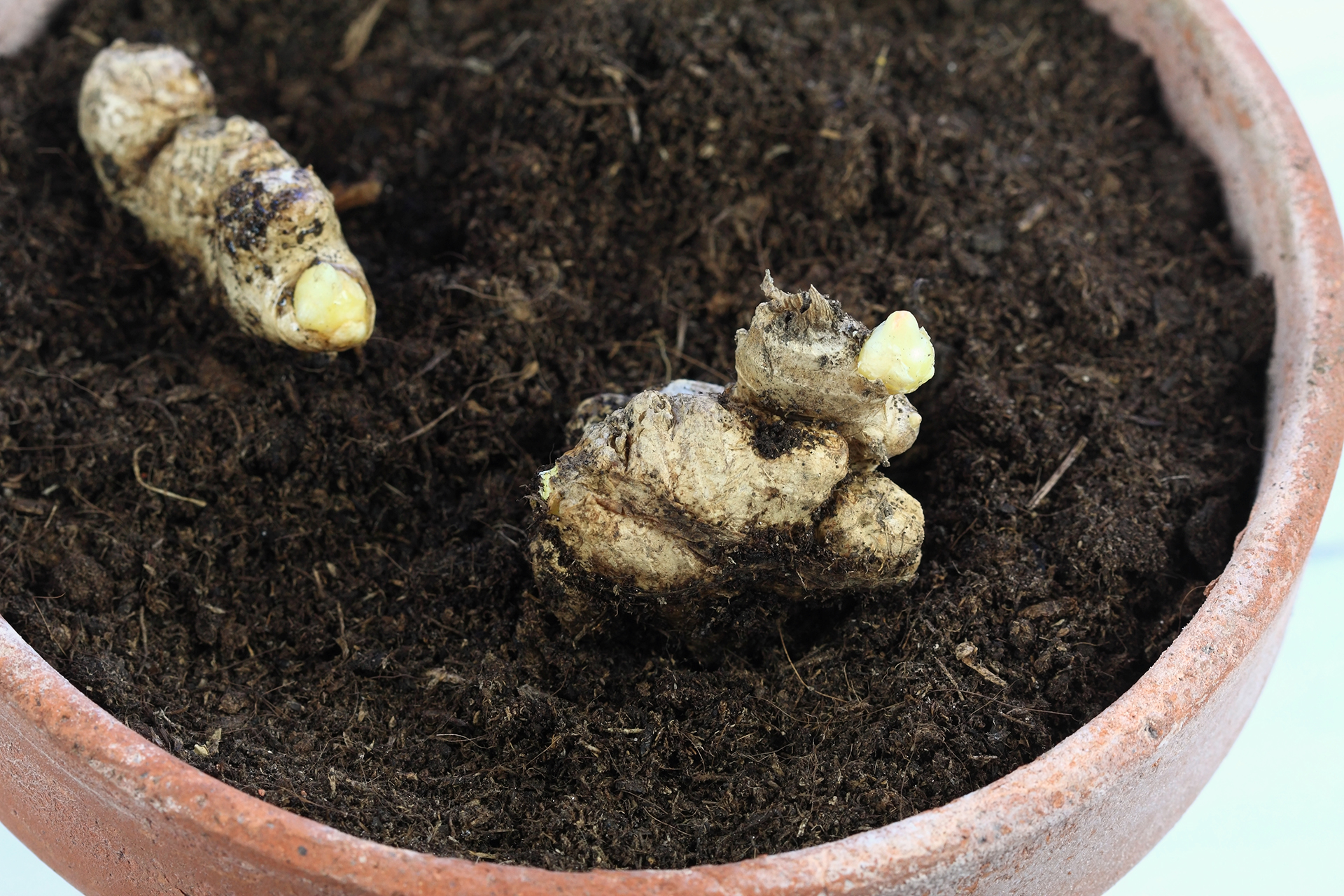
How to harvest ginger
If you're growing ginger for culinary use, the rhizome crop will be ready to harvest around eight to 10 months after planting.
Wait until the leaves have died back, then dig up the whole plant – this is easiest if you are growing your ginger in a container as you will not risk disturbing other plants and can simply tip the pot onto a tarp.
Clear the soil off the rhizomes so you can see them clearly.
Start by separating the material you will use for growing your ginger plant next year. Look for the section of the root with most eyes (little shoots) as this highlights that it's productive and likely to grow well next year. Set this to one side.
The remaining sections of root need to be separated into manageable chunks and cleaned with water and a cloth. Keep the skin intact.
Dry the ginger and store as you normally would. You can also freeze ginger once it has been peeled.
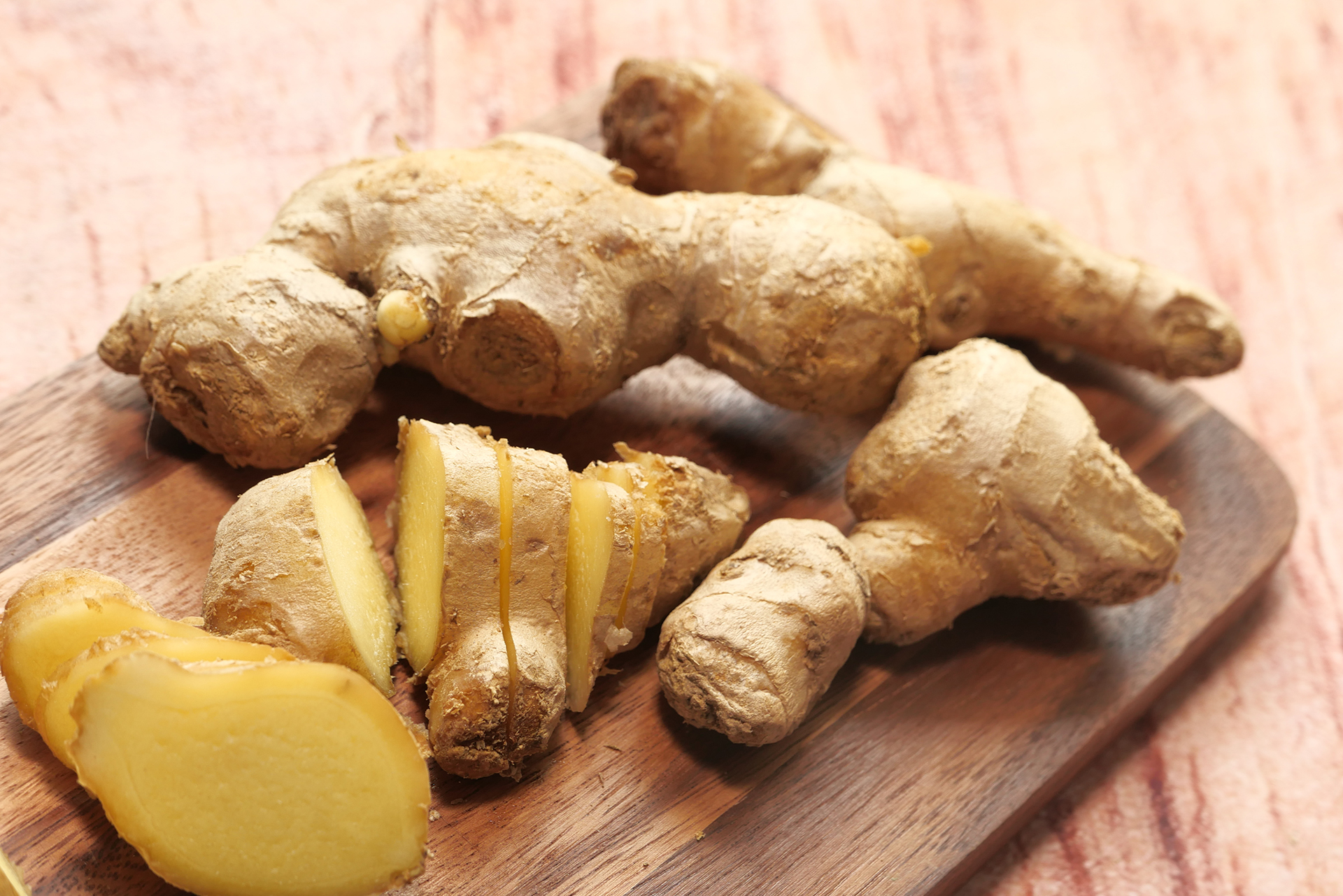
Another option is to harvest small quantities of your root ginger as and when you need it.
So how do you harvest ginger without killing plants? You can harvest ginger without killing plants by simply cutting off a small section of the root.
Kristin Winterbottom from Parkseed recommends 'Using a sharp knife to remove a piece of the size you need, then replace the soil and water it in well'. If you want to follow this approach, then you can either grow your ginger in a potato-style planter that lets you remove small sections of the root without disrupting the whole plant alternatively, you can just grow it in a border.
Some of the ginger roots will be green, these are less mature sections of the plant and will be a lot milder than the brown ginger roots. It is best to leave these in place and opt for the more mature, darker roots when harvesting small amounts for cooking.
How to grow ginger as an ornamental flower
Ornamental ginger, or ginger lilies as they are sometimes known, are grown for their beautiful foliage and tall flower spikes, rather than their spicy roots.
The process for growing ginger for ornamental purposes is much the same as learning how to grow ginger as an edible crop. Plant the rhizome in the same way, and water thoroughly and regularly. However, bear in mind that ginger lilies can be invasive so are best planted in containers rather than in borders.
The main difference between learning how to grow ginger as an ornamental flower rather than for culinary uses is what you do after the plant has flowered.
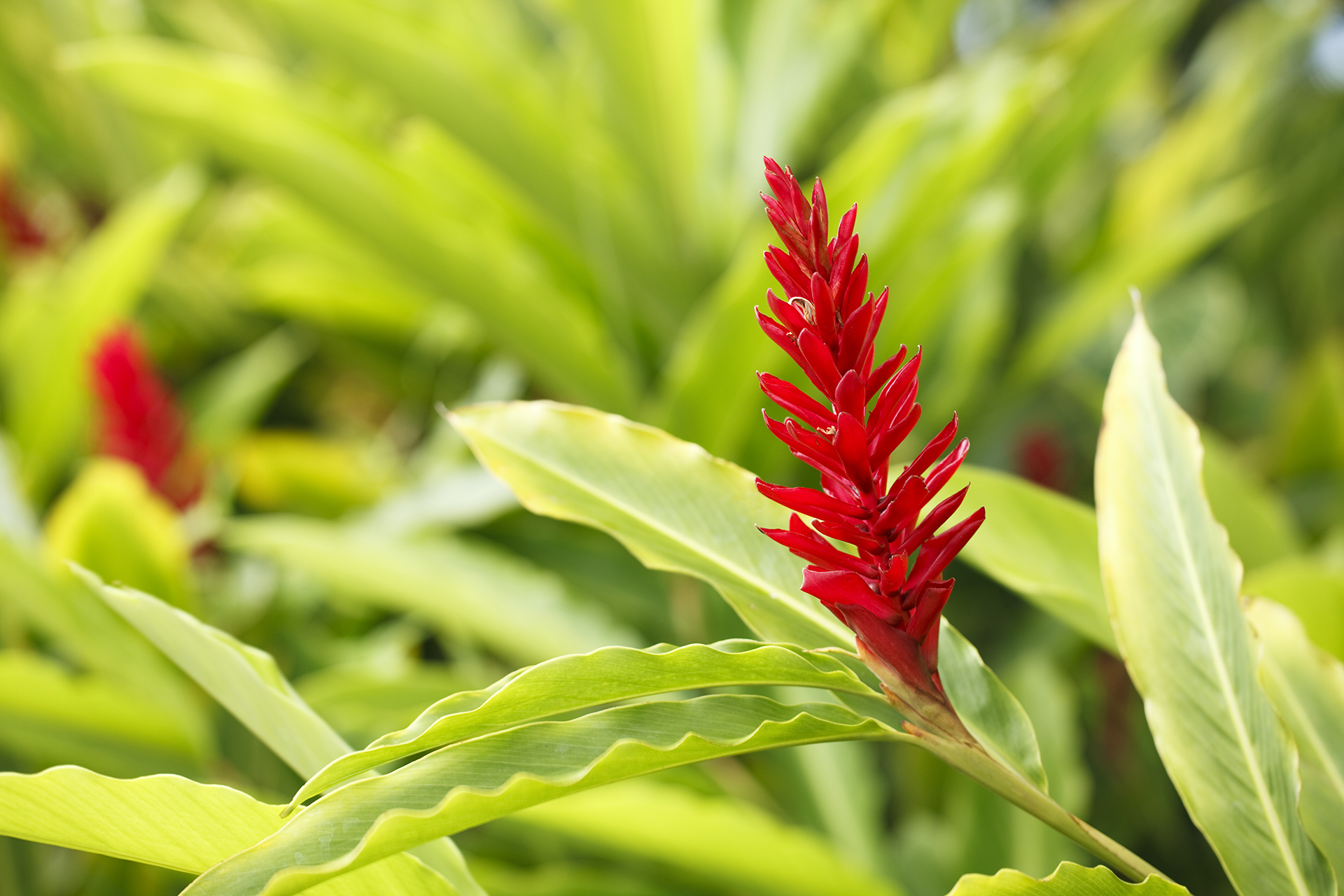
- Once your ginger plant has finished blooming, leave the foliage to die back naturally – as you would with daffodils or tulips.
- Reduce watering to every few weeks, if that, throughout the fall and winter months.
- In warmer areas (zone 7 and above) the foliage will freeze but the rhizome below the soil will become dormant and continue its growth the following spring.
- In cooler zones (6 and below), bring the pot indoors – whether into a greenhouse or into the house. You can take your pot back outside once the night time temperatures reach at least 55°F.
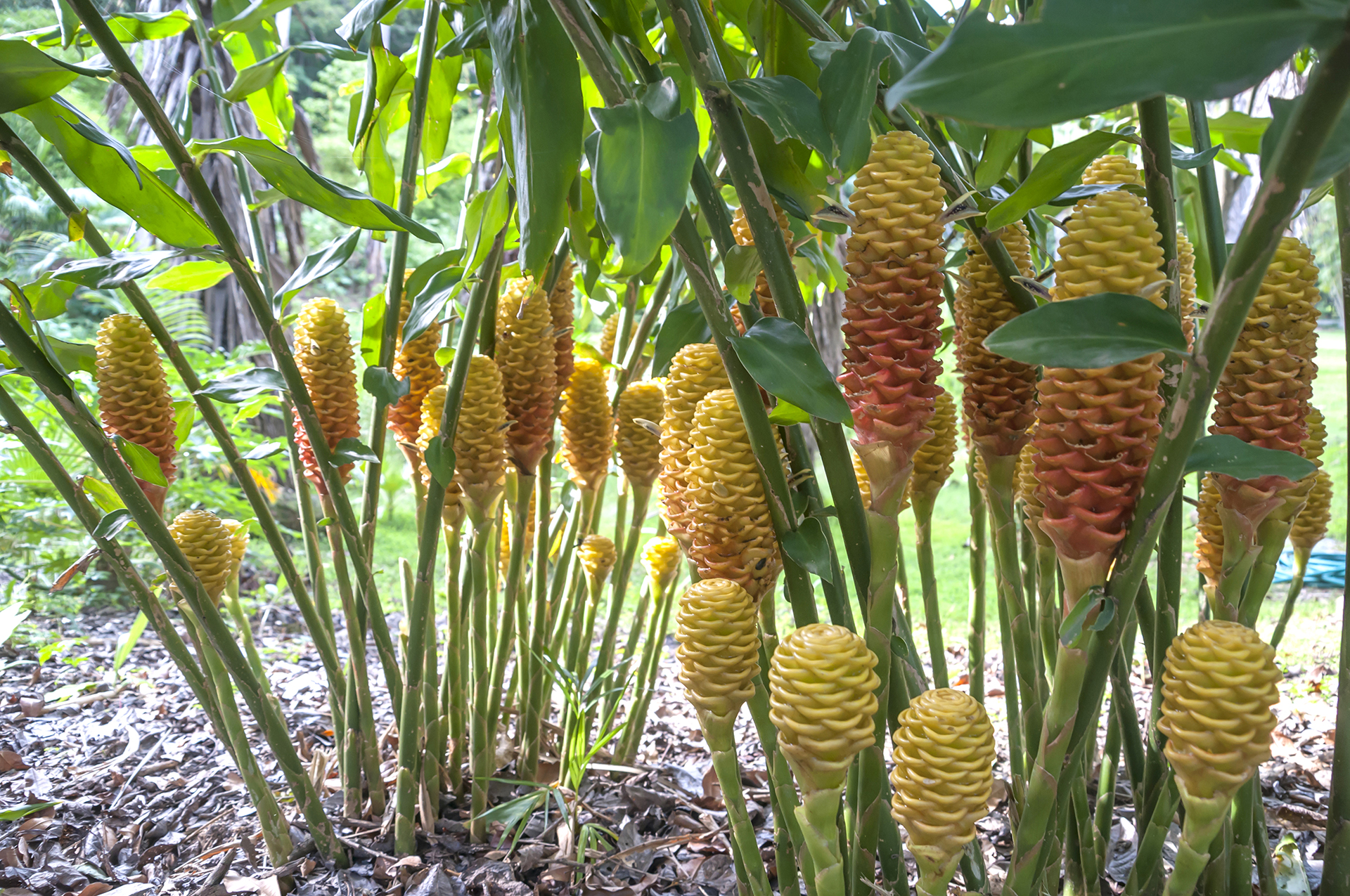
How to grow ginger as a house plant
You can grow ginger indoors, even though it's not your typical houseplant.
If you’re wanting to grow ginger as a houseplant, cardamon is a great choice. A member of the ginger family, it is smaller than ginger and so is great for growing indoors.
'A truly hardy plant and goes weeks without watering, making it a perfect choice for beginners,’ says Nathan Raab, former pilot turned plant specialist and MD of Pointless Plants. ‘Plus they’re completely safe for pets-a-plenty households.’
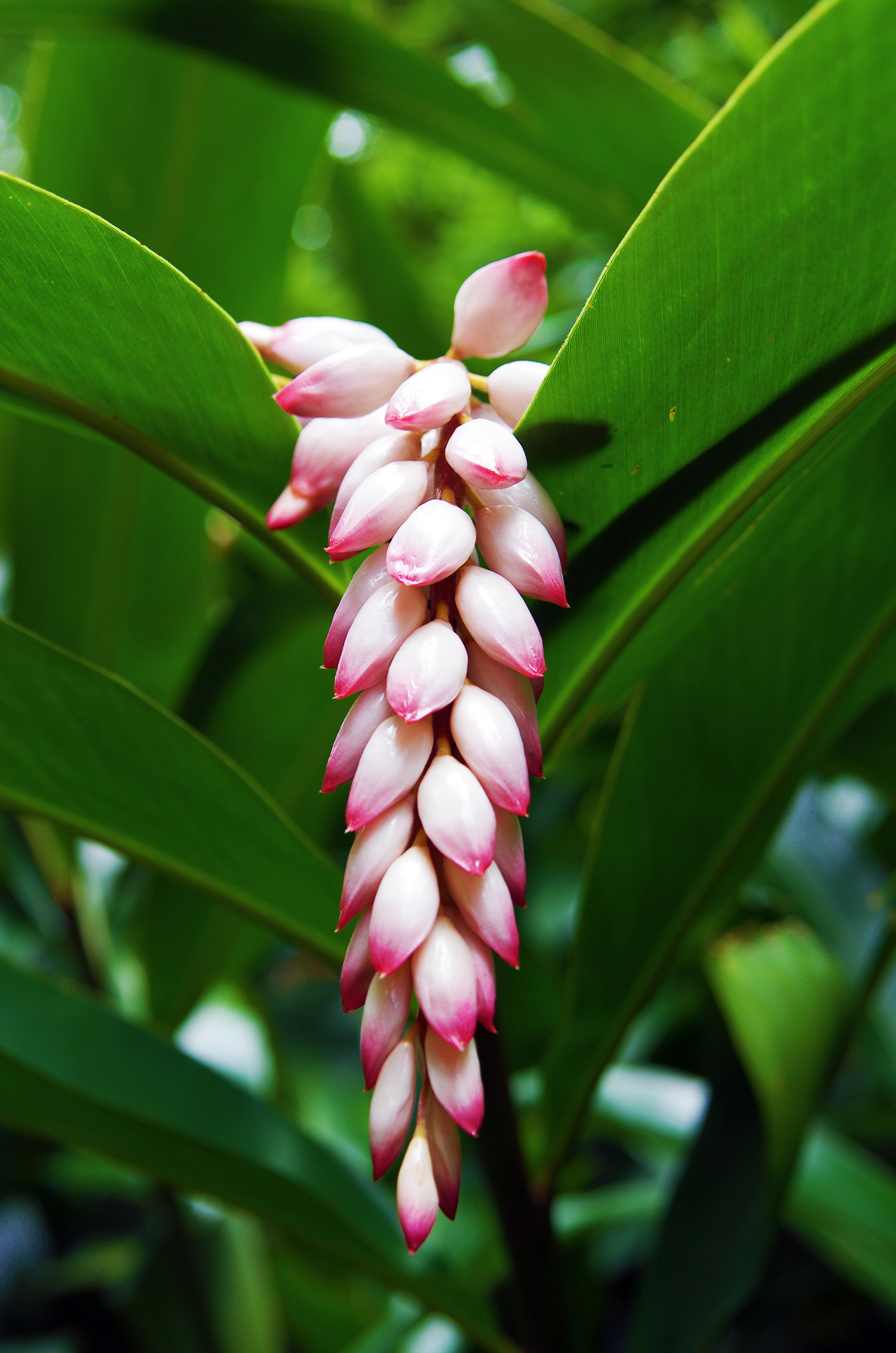
How long does ginger take to grow?
Ginger only takes a few months to grow either to the point of flowering or to the point of harvest. Ginger is a perennial plant meaning that so long as you leave the main section of root in the ground and keep it warm over winter (either with fleecing or mulching), your ginger plant will continue to grow year after year.
Does ginger like sun or shade?
Ginger likes sun, but can grow in partial shade. As ginger is native to India, Bhutan and Nepal, it is no surprise that it thrives in hot conditions.
Can you plant ginger root from the grocery store?
Yes, you can plant ginger root from the grocery store.
'A piece of left-over ginger root can be planted in soil with the newest buds facing up, in a moist, warm spot with non-direct sun, and it will regrow roots and shoots,' says gardening expert Leigh Clapp.
However, some ginger in the shop is sprayed with chemicals to prevent it from growing in store. So, if you want to plant ginger root bought at a grocery store, you are better to opt for organic varieties which will not have had the same chemical treatment, meaning you'll have a greater chance of success.
Since these varieties have been grown for consumption, you don't have to worry about whether they're edible or not, either.
You can even grow it in pots, or why not learn how to grow ginger indoors.
This feature was created by H&G's sister brand, Period Living magazine
Subscribe to Period Living for more inspiration
Period Living is the UK's best-selling period homes magazine. A subscription provides you with all you need to know about caring for and improving a traditional house and garden.
Sign up to the Homes & Gardens newsletter
Design expertise in your inbox – from inspiring decorating ideas and beautiful celebrity homes to practical gardening advice and shopping round-ups.

Having graduated with a first class degree in English Literature, Holly started her career as a features writer and sub-editor at Period Living magazine, Homes & Gardens' sister title. Working on Period Living brought with it insight into the complexities of owning and caring for period homes, from interior decorating through to choosing the right windows and the challenges of extending. This has led to a passion for traditional interiors, particularly the country-look. Writing for the Homes & Gardens website as a content editor, alongside regular features for Period Living and Country Homes & Interiors magazines, has enabled her to broaden her writing to incorporate her interests in gardening, wildlife and nature.
-
 Zooey Deschanel and Jonathan Scott's breakfast nook is an innovative, effective use of kitchen space – it turns a 'dead area' into a cafe-style corner
Zooey Deschanel and Jonathan Scott's breakfast nook is an innovative, effective use of kitchen space – it turns a 'dead area' into a cafe-style cornerJonathan and Zooey have situated an eccentric yet elegant dining area in what may have been an otherwise underused corner
By Hannah Ziegler Published
-
 6 things you should never throw in the trash – and what to do for safe disposal instead
6 things you should never throw in the trash – and what to do for safe disposal insteadFrom batteries to space heaters, experts reveal what not to throw
By Andy van Terheyden Published
-
 Water garden ideas – 9 ways to introduce soothing water to your outdoor space
Water garden ideas – 9 ways to introduce soothing water to your outdoor spaceFrom cascading fountains to wildlife ponds, there are plenty of ways to create a tranquil water garden
By Leigh Clapp Published
-
 How to grow poppies
How to grow poppiesFind out how to grow poppies to enjoy the beauty of these brightly colored tissue paper-like blooms
By Leigh Clapp Published
-
 How to grow delphiniums from seed
How to grow delphiniums from seedFind out how to grow delphiniums from seed and enjoy these colorful cottage garden favorites filling beds and borders
By Leigh Clapp Published
-
 How to grow ferns – when and how to plant and care for them
How to grow ferns – when and how to plant and care for themLearn how to grow ferns to enjoy the texture and form of these versatile plants in many areas of your garden
By Leigh Clapp Published
-
 How to grow sweet peas from seed – in borders and pots
How to grow sweet peas from seed – in borders and potsFind out how to grow sweet peas and where to enjoy their wonderful color, ruffled blooms and sweet fragrance in your garden
By Pippa Blenkinsop Published
-
 How to make fat balls for birds – easy steps feed our feathered friends
How to make fat balls for birds – easy steps feed our feathered friendsLearn how to make fat balls for birds to ensure their wellbeing throughout the winter
By Holly Reaney Published
-
 Planning a kitchen garden – from layouts to picking the best crops
Planning a kitchen garden – from layouts to picking the best cropsPlanning a kitchen garden is easy with this expert advice – whether yours is in beds, borders or a dedicated patch – you're guaranteed success
By Leigh Clapp Published
-
 How to grow cosmos – expert tips on when and where to plant these flowers
How to grow cosmos – expert tips on when and where to plant these flowersLearn how to grow cosmos to add bright color in your garden from summer through to fall with their beautiful blooms
By Leigh Clapp Published
